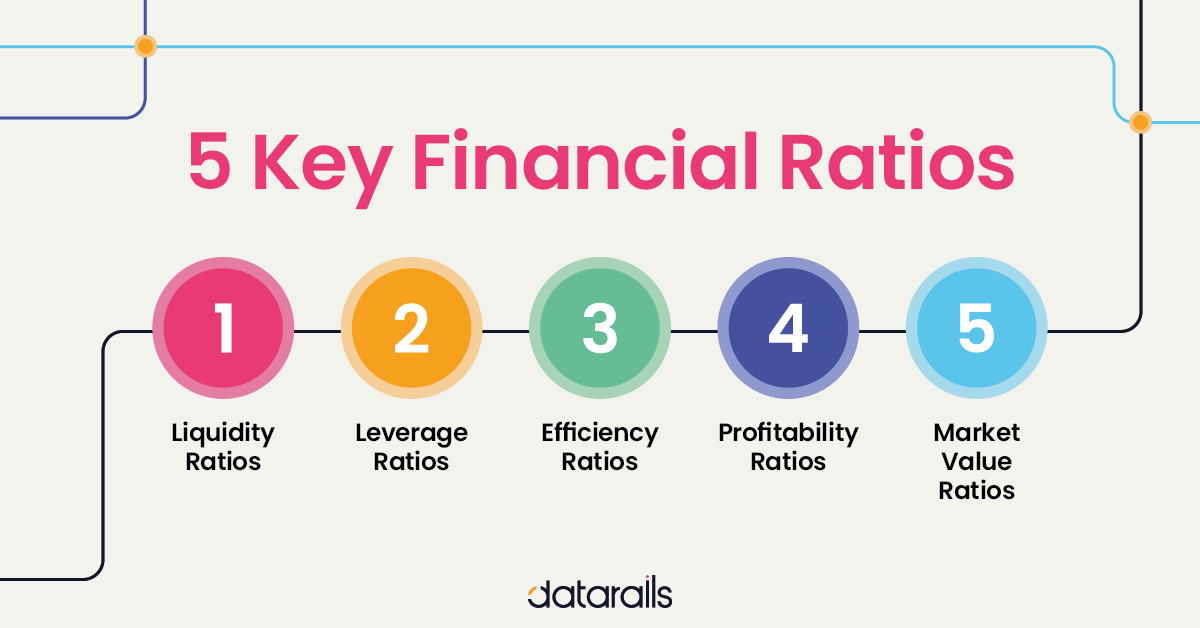
Financial Planning for Growth

Planning for business expansion requires a strategic approach to securing funding and managing the financial implications of growth. A well-defined financial plan is crucial for navigating the challenges and maximizing opportunities presented by expansion. This section Artikels key steps in securing funding, discusses the impact of capital structure, and provides strategies for managing cash flow during periods of rapid growth.
Securing Funding for Business Expansion
Securing sufficient funding is paramount for successful business expansion. The process involves careful consideration of various funding sources, each with its own advantages and disadvantages. A comprehensive plan should Artikel the specific funding needs, the chosen sources, and a detailed timeline for securing the necessary capital.
- Assess Funding Needs: Begin by meticulously calculating the total capital required for expansion. This includes all anticipated expenses, such as purchasing new equipment, hiring additional personnel, increasing inventory, marketing initiatives, and covering any potential shortfalls during the transition period. For example, a retail business expanding to a new location might need funding to cover leasehold improvements, initial inventory, marketing campaigns in the new area, and three months of operating expenses.
- Explore Funding Sources: A variety of funding options are available. These include:
- Bank Loans: Traditional bank loans offer a relatively straightforward method of securing funding, but typically require collateral and a strong credit history. Interest rates and repayment terms vary depending on the lender and the borrower’s financial profile.
- Small Business Administration (SBA) Loans: SBA loans are government-backed loans that offer more favorable terms than traditional bank loans, particularly for small businesses. They reduce the risk for lenders, making it easier for businesses to qualify.
- Venture Capital: Venture capital firms invest in high-growth potential businesses in exchange for equity. This is suitable for businesses with strong growth prospects but requires relinquishing a portion of ownership.
- Angel Investors: Angel investors are individual investors who provide capital in exchange for equity. They often focus on early-stage businesses and bring valuable expertise and networks.
- Crowdfunding: Platforms like Kickstarter and Indiegogo allow businesses to raise funds from a large number of individuals through online campaigns. This is particularly effective for businesses with a strong brand and engaged customer base.
- Develop a Funding Proposal: Prepare a comprehensive business plan that clearly Artikels the expansion strategy, financial projections, and the use of funds. A well-structured proposal increases the chances of securing funding from potential investors or lenders.
- Negotiate Terms: Once funding offers are received, carefully negotiate the terms and conditions, including interest rates, repayment schedules, and any equity stakes involved. It is advisable to seek legal and financial counsel during this process.
Implications of Capital Structure on Financial Health
A company’s capital structure, the mix of debt and equity financing, significantly impacts its financial health. The optimal capital structure balances the benefits of debt financing (leverage and tax deductibility) with the risks associated with high debt levels (financial distress and bankruptcy).
A high debt-to-equity ratio increases financial risk, while a low debt-to-equity ratio may limit growth potential.
Different industries and business models have different optimal capital structures. For example, capital-intensive industries like manufacturing might utilize more debt financing due to the significant upfront investment in equipment, whereas technology startups might rely more on equity financing to maintain flexibility and avoid high debt burdens in their early stages.
Managing Cash Flow During Rapid Growth
Rapid growth, while desirable, often presents cash flow challenges. Increased sales don’t always translate immediately into increased cash in the bank. Managing cash flow during periods of rapid expansion requires proactive strategies to ensure sufficient liquidity.
- Accurate Forecasting: Develop detailed cash flow projections that anticipate both inflows and outflows. This helps in identifying potential shortfalls and taking proactive measures to address them. For instance, a software company experiencing rapid growth might forecast increased expenses related to hiring more developers and marketing its product, while also projecting increased revenue based on sales projections.
- Efficient Inventory Management: Optimize inventory levels to avoid tying up excessive capital in unsold goods. Implementing just-in-time inventory management techniques can significantly improve cash flow.
- Accelerated Receivables Collection: Implement strategies to expedite the collection of accounts receivable, such as offering early payment discounts or employing aggressive collection methods. This could involve setting up automated payment reminders or outsourcing collections to a specialized agency.
- Negotiate Favorable Payment Terms: Negotiate extended payment terms with suppliers to improve cash flow. This buys time to generate sufficient cash to meet obligations.
- Explore Short-Term Financing: Utilize short-term financing options, such as lines of credit, to bridge temporary cash flow gaps. This provides flexibility to meet immediate obligations without resorting to more expensive financing options.
Financial Risk Management

Effective financial risk management is crucial for business success. Ignoring potential risks can lead to significant financial losses, hindering growth and even causing business failure. A proactive approach, involving identification, assessment, and mitigation of risks, is essential for long-term stability and profitability.
Potential Financial Risks Faced by Businesses
Businesses face a multitude of financial risks, broadly categorized as credit risk, market risk, and operational risk. Credit risk encompasses the possibility of borrowers defaulting on loans or failing to meet payment obligations. Market risk involves fluctuations in market conditions impacting asset values and profitability. This includes interest rate risk, currency exchange rate risk, and commodity price risk.
Operational risk, on the other hand, stems from internal processes, systems, or human error leading to financial losses. This can range from fraud and cybersecurity breaches to supply chain disruptions and inefficient operations.
Strategies for Mitigating Financial Risks
Several strategies can be employed to mitigate these risks. Diversification, for example, is a key approach to managing market risk. By spreading investments across different asset classes or geographic regions, businesses can reduce their exposure to any single market fluctuation. Hedging, involving the use of financial instruments like derivatives, can also help mitigate market risks, particularly currency and commodity price risks.
For instance, a company importing raw materials can use forward contracts to lock in a future price, protecting against price increases. Strong internal controls and robust risk management systems are crucial for mitigating operational risks. Regular audits, employee training, and cybersecurity measures are essential components of this approach. Furthermore, robust credit scoring and due diligence processes are crucial for managing credit risk.
Careful selection of clients and the use of credit insurance can significantly reduce the likelihood of defaults.
Risk Assessment Framework for a Hypothetical Business
Let’s consider a hypothetical small bakery, “Sweet Success,” to illustrate a risk assessment framework. This framework will involve identifying potential risks, assessing their likelihood and impact, and developing mitigation strategies.
| Risk Category | Specific Risk | Likelihood (Low, Medium, High) | Impact (Low, Medium, High) | Mitigation Strategy |
|---|---|---|---|---|
| Credit Risk | Late or non-payment by wholesale clients | Medium | Medium | Implement stricter credit checks, offer payment discounts for prompt payment, consider credit insurance. |
| Market Risk | Fluctuations in ingredient prices (e.g., flour, sugar) | High | Medium | Negotiate long-term contracts with suppliers, explore alternative suppliers, consider hedging strategies (futures contracts). |
| Operational Risk | Equipment malfunction leading to production delays | Medium | High | Regular equipment maintenance, establish backup equipment or contingency plans, invest in robust inventory management. |
| Operational Risk | Theft or loss of inventory | Low | Medium | Invest in security systems (CCTV, alarms), implement robust inventory tracking systems. |
This framework allows “Sweet Success” to prioritize risks based on their likelihood and potential impact, enabling the allocation of resources to the most effective mitigation strategies. Regular review and updates to this framework are essential to adapt to changing circumstances and emerging risks.

